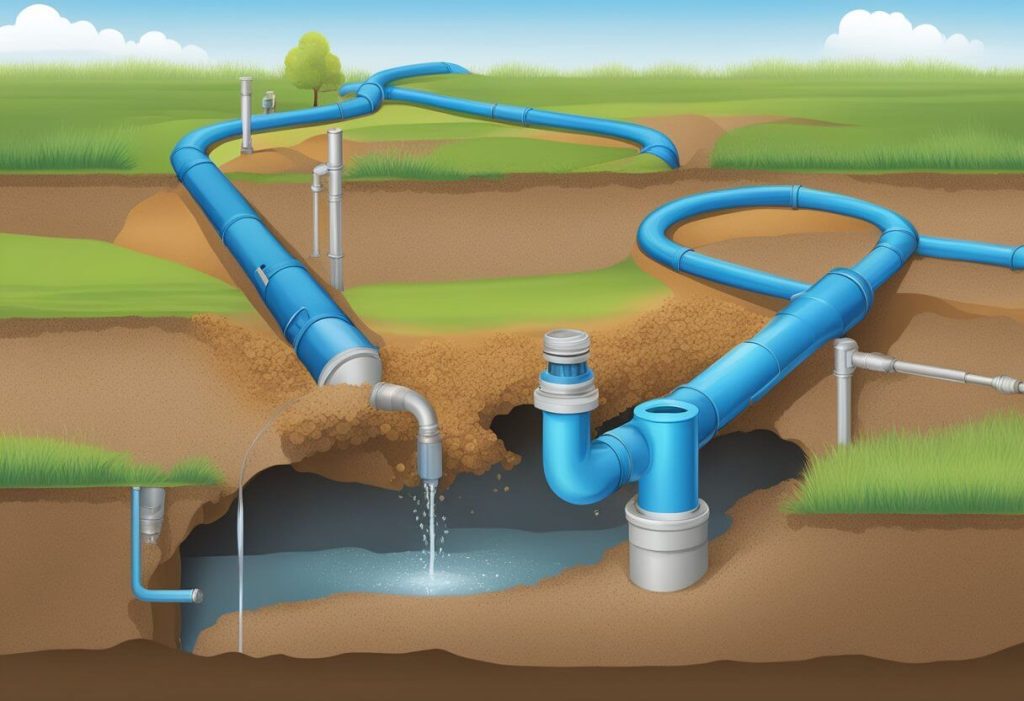Underground Water Leak Detection: Essential Strategies for Early Discovery
Underground water leaks are a pervasive issue that can lead to significant water wastage and financial loss. Detecting these underground water leak leaks is crucial as they often go unnoticed until they cause considerable damage or disruption. To address this problem, a blend of sophisticated technologies and methodologies has been developed to identify and locate leaks with greater accuracy and speed.
The art of underground detecting water leaks beneath the surface involves understanding the signs and using the right tools to pinpoint the source. Indicators of an underground water leak may include an unexplained spike in water bills, the sound of running water when all water sources are turned off, or even visible changes in landscaping, such as unusually lush patches of grass. Employing methods such as acoustic leak detection, thermal imaging, and the use of pressure sensors, experts can effectively locate the underground water leak’s origin without excessive digging or property damage.
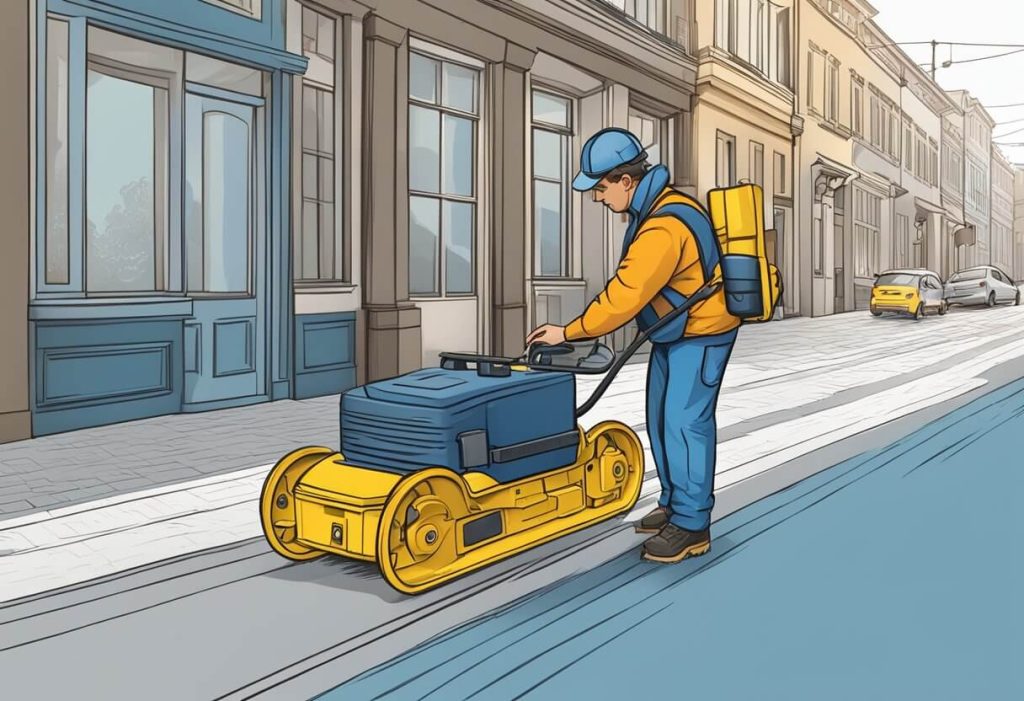
Key Takeaways
- Underground water leak detection is essential to avoid water loss and infrastructure damage.
- Knowledge of signs and professional tools are integral for accurate leak location.
- Advanced methods and technologies enable efficient and non-invasive detection.
Fundamentals of Underground Water Leak Detection
Detecting underground water leaks is crucial to conserve water, prevent damage, and save on costs. Your approach to detection should be systematic and methodical. Here are key aspects to consider:
Visual Signs: Look out for unexplained wet areas, sinkholes, or patches of greener grass which may indicate leaks.
Sound Methods: Using special listening devices, you can sometimes hear the sound of water escaping. This method is effective if the leak is substantial enough.
Water Pressure Tests: Conduct a pressure test on your system. A loss of pressure can suggest a leak is present.
Use of Technology: Advanced methods like infrared thermography enable you to detect temperature variations caused by escaping water.
Professional Assessment: If you suspect a underground water leak, consider hiring professionals who use specialized equipment for accurate detection.
By being proactive in leak detection, you maintain
Technologies in Leak Detection
Your ability to detect and manage underground water leaks relies heavily on the innovative technologies available. Two primary methods stand out due to their effectiveness and widespread use: acoustic instruments and infrared thermography. Each offers a unique approach to identifying the whereabouts of leaks, helping to conserve water and save money.
Acoustic Underground Leak Detection Instruments
Acoustic underground leak detection is a method that capitalizes on the sound water makes as it escapes from pipes. Specialized microphones or listening devices are used to detect the noise generated by water leaks. These devices can be highly sensitive, often able to pick up the faintest sounds of dripping or flowing water from underground pipes. Acoustic detection might involve using hand-held devices that technicians use over the ground surface or fixed monitoring systems that provide ongoing surveillance of a water distribution network.
Infrared Thermography
Infrared thermography is a technique that identifies temperature variations on the surface of the ground, which can indicate the presence of a leak below. It utilizes infrared cameras to capture images that reflect the temperature distribution of an area. Cool spots might reveal where water has cooled the surrounding soil, while warm spots might indicate leaks in hot water systems. It’s important to note that this method can be influenced by surface materials and environmental conditions such as soil type and weather.
Challenges in Leak Detection
In the realm of underground water leak detection, you’ll encounter significant obstacles that can hinder the process. These challenges stem from complex environmental dynamics and the varying characteristics of pipe systems.
Environmental Factors
The environment above and around water pipes plays a critical role in leak detection. Soil type, for instance, affects how water disperses, which can either mask or reveal the presence of leaks. Weather conditions also impact the detection process, as heavy rain can fill soil with water, making it more difficult to pinpoint the location of a leak. The success of using infrared technology in detecting and locating underground water leaks can be influenced by these environmental factors.
Pipe Material and Leak Size
Different pipe materials react uniquely to water leaks. Materials such as PVC and concrete have distinct acoustic signatures when a leak occurs, which can either aid or complicate detection. The size of a leak also presents challenges; large leaks are typically easier to detect due to the greater volume of escaping water, while smaller leaks might evade discovery without the aid of sensitive equipment. Metal pipes may corrode over time, which can lead to smaller, yet more numerous leaks, further complicating detection efforts.
Best Practices for Effective Detection
To safeguard your property against water damage, precise and reliable detection of underground water leaks is vital. Implementing best practices ensures you stay ahead of potential issues.
Regular Maintenance and Monitoring
Regular maintenance of your water system is your first line of defense. Create a schedule to inspect all accessible pipes and joints for signs of corrosion or damage that can lead to leaks. Monitoring involves both visual inspections and the use of specialized equipment to detect hidden issues. By conducting periodic checks, you minimize the risk of large-scale damages and costly repairs.
Frequently Asked Questions
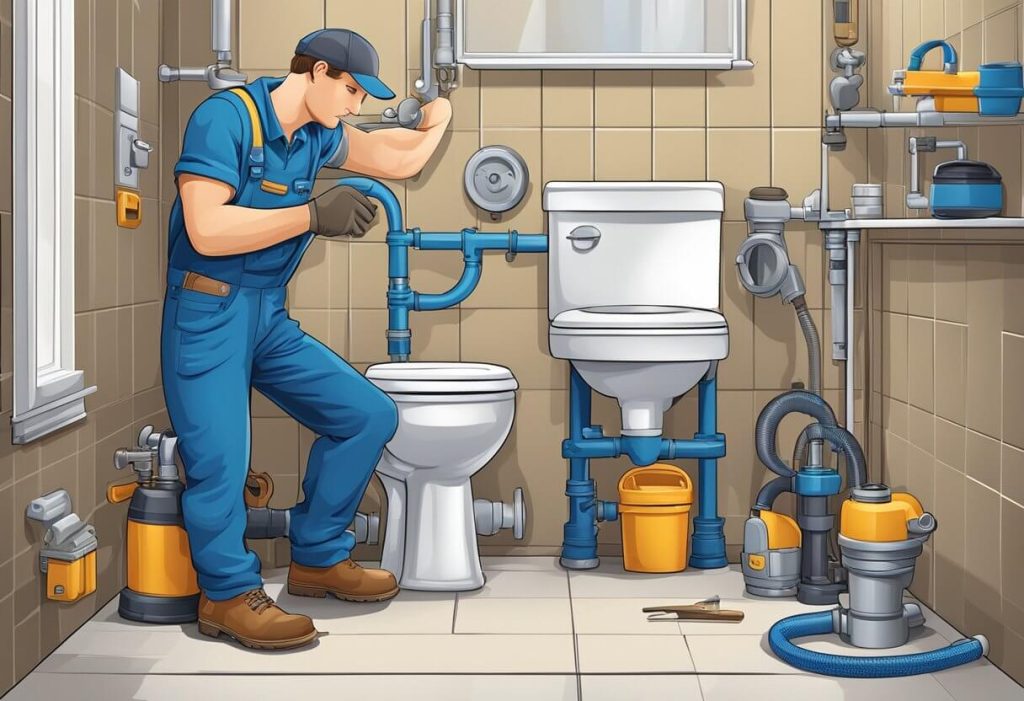
This section answers common queries about detecting underground water leaks, providing you with reliable methods and tools used by both professionals and homeowners.
What techniques are used by professionals to detect water leaks in underground pipes?
Professionals often employ acoustic leak detection methods to pinpoint leaks in pipes. Additionally, utilities might use infrared cameras in a process known as thermography to locate leaks, which can be especially effective in identifying water leaks in complex underground networks.
How can homeowners identify an underground water leak using DIY methods?
You can listen for hissing or splashing sounds indicating a leak, or monitor your water meter for unusual activity when water use is stopped. Learn more about different sounds from QED Environmental Systems to enhance your ability to detect leaks DIY style.
How can I find a reliable underground water leak detection service in my vicinity?
To find a dependable service, do an online search for providers with positive customer reviews and necessary certifications. Some may use advanced methods like those mentioned in Stanford News to improve the precision of leak detection.
What are the most effective tools for detecting water leaks beneath concrete surfaces?
Detection beneath concrete often requires ground-penetrating radar (GPR) and acoustic sensors that can detect the sound of water escaping. These tools help to non-invasively locate leaks without the need for disruptive excavation.
How do I determine the location of a leak in my underground water tank?
Identifying leaks in a water tank usually involves checking for wet areas around the tank’s exterior or using dye-testing techniques to trace the path of leaking water. For a more scientific approach, consider the research on thermography infrared cameras to detect changes in temperature caused by leaks.
Water Leak Underground: Causes, Signs, and Solutions
Water leaks underground can be a significant concern for homeowners, as they are often challenging to detect and can lead to costly damage if left
Seven Engineering and Professional Services: Advancing Global Expertise in Innovative and Inclusive Technology
In the rapidly evolving landscape of engineering and professional services, we see an undeniable trend towards leveraging advanced technology to empower experts around the globe.
Water Leakages Detected Malaysia: Nationwide Solutions and Prevention Strategies
Underground Water Leak Detection: Vital Approaches for Early Identification Key Insights Underground water leak detection is crucial for preventing water wastage and damage to infrastructure.
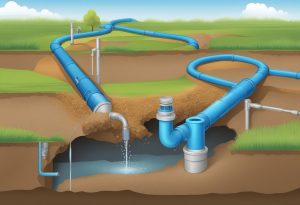
How are underground water leaks detected?
Underground Water Leak Detection: Essential Strategies for Early Discovery Underground water leaks are a pervasive issue that can lead to significant water wastage and financial
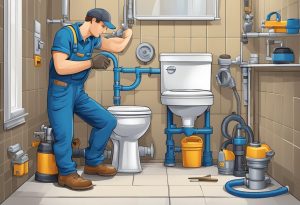
Toilet Repair: Essential Tips for Fixing Common Issues
Toilet repair is an essential aspect of home maintenance, as a properly functioning toilet is crucial for the comfort and hygiene of any household. Common

Plumbing Inspections Kuala Lumpur: Your Guide to Expert Services
When considering the purchase of a property in Kuala Lumpur, securing a plumbing inspection is a smart move that goes beyond just checking off a box. It’s

